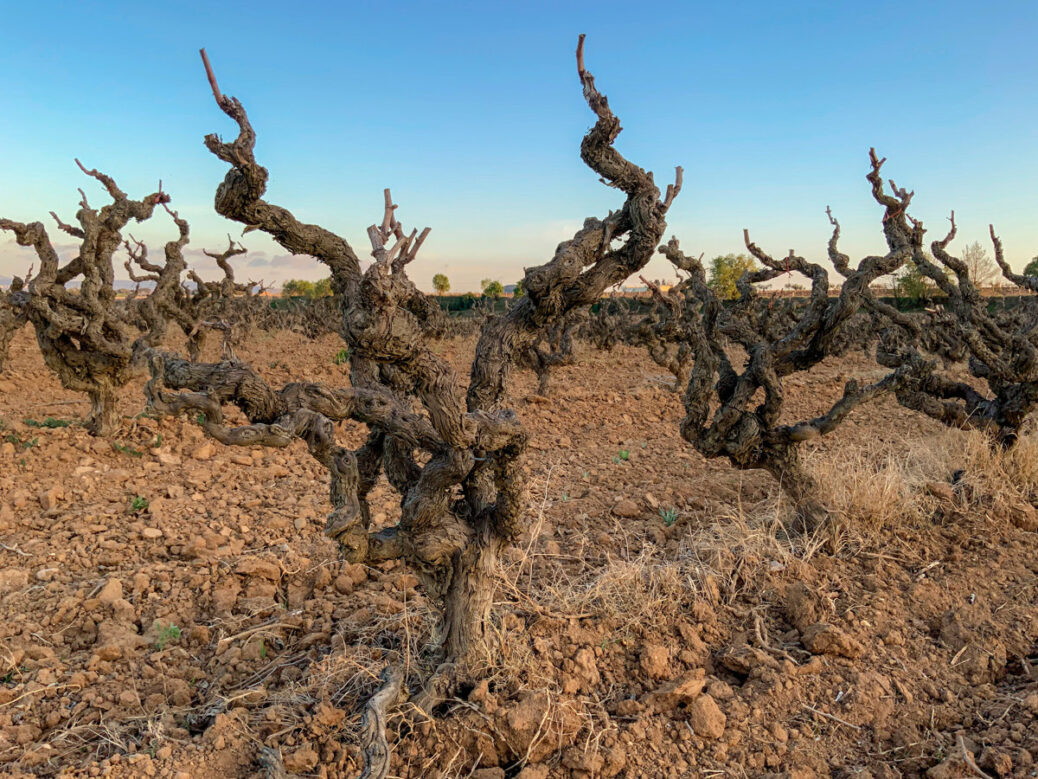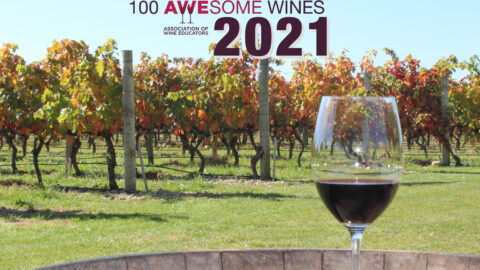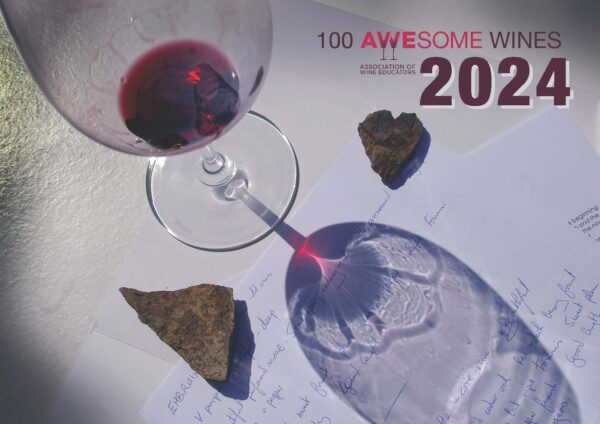Earlier this year, a wonderfully esoteric online project was launched to help the cause of old vines, something dear to the heart of many wine educators and wine lovers. Just like old trees, vines of – say – 50 years old and more, begin to get thicker trunks and take on an attractive gnarly look, it’s why those of us lucky enough to visit wine regions around the world love being shown plots of very old vines. The other big reason to love them is that it has long been known that if they are farmed right, old vines almost always produce more flavoursome grapes than younger ones.
Now a massive database, originally built up over a dozen years by the team at JancisRobinson.com, has been converted into an online registry – The Old Vine Registry – available for everyone to consult for free. It has been launched with the additional, laudable aim of crowdsourcing further information to record as many old vine plots as possible worldwide. With links via Wine-Searcher to find out where to buy the wines from these old vines, this will raise the profile of both the vineyards and their producers, eventually giving them a better return for the extra work these old vines require.
For over a century, since vines have been grafted onto American rootstock to protect against Phylloxera, something that has taken place almost everywhere in the world, barring Chile, and a few other isolated areas, most vines have been grubbed up to replace at 30-35 years old. The reason used to be simple enough: for many years, vineyards were farmed to produce the maximum quantity of grapes allowed within their appellation, and when chemical fertilisers and other treatments arrived, higher production became easier. However, it also meant that once the vines reached around 30 years old, they were exhausted resulting in lower and uneconomical yields of grapes.
As demand and appreciation for finer wines has increased and returns for the producers have increased, the focus has moved from quantity to quality, with lower yields of grapes generally favoured. More environmentally conscious farming of the vineyards, whether organic or simply using more sustainable methods, has resulted in vines remaining stronger for longer. But not every vine farmer is convinced. Many of those who are part of a wine co-operative or sell their grapes to bigger companies for use in everyday wines are used to being paid very small amounts for their crop and therefore still like to produce the maximum yield possible, resulting in vines being pulled up before they have reached even middle age. Sometimes these vines have been of unfashionable grape varieties, and valuable plant material has been lost. By raising the profile of wines from old vines, especially those from lesser known grape varieties or regions, vine farmers can be given the incentive to preserve their older vines and help the environment and biodiversity in the process.
Long-term research has discovered several advantages of using old vines, beyond the classic one that the lower yields give more intense flavours. The roots of old vines go deep into the soil and with myriad branches underground can seek water and soil nutrients more efficiently than young vines do. This means that they cope better with the increasing droughts that climate change has brought; in addition, they seem to withstand scorching heat better, and may also be better able to resist some diseases.
All this makes it imperative that we protect old vines as much as possible, and recording their very existence on an accessible database is a very important step towards protection. The database currently has over 2,000 entries from around 30 countries – the oldest vines listed are the ungrafted ones, reaching an impressive 200 years old and more.
You can read more about this subject in an article I wrote for Wine-Searcher. And, in the meantime, do look at the database and if you know of any of the old vine plots that should be recorded, get involved and add the details here.
Tags: crowdsourcing old vine registry old vines wine-searcher









